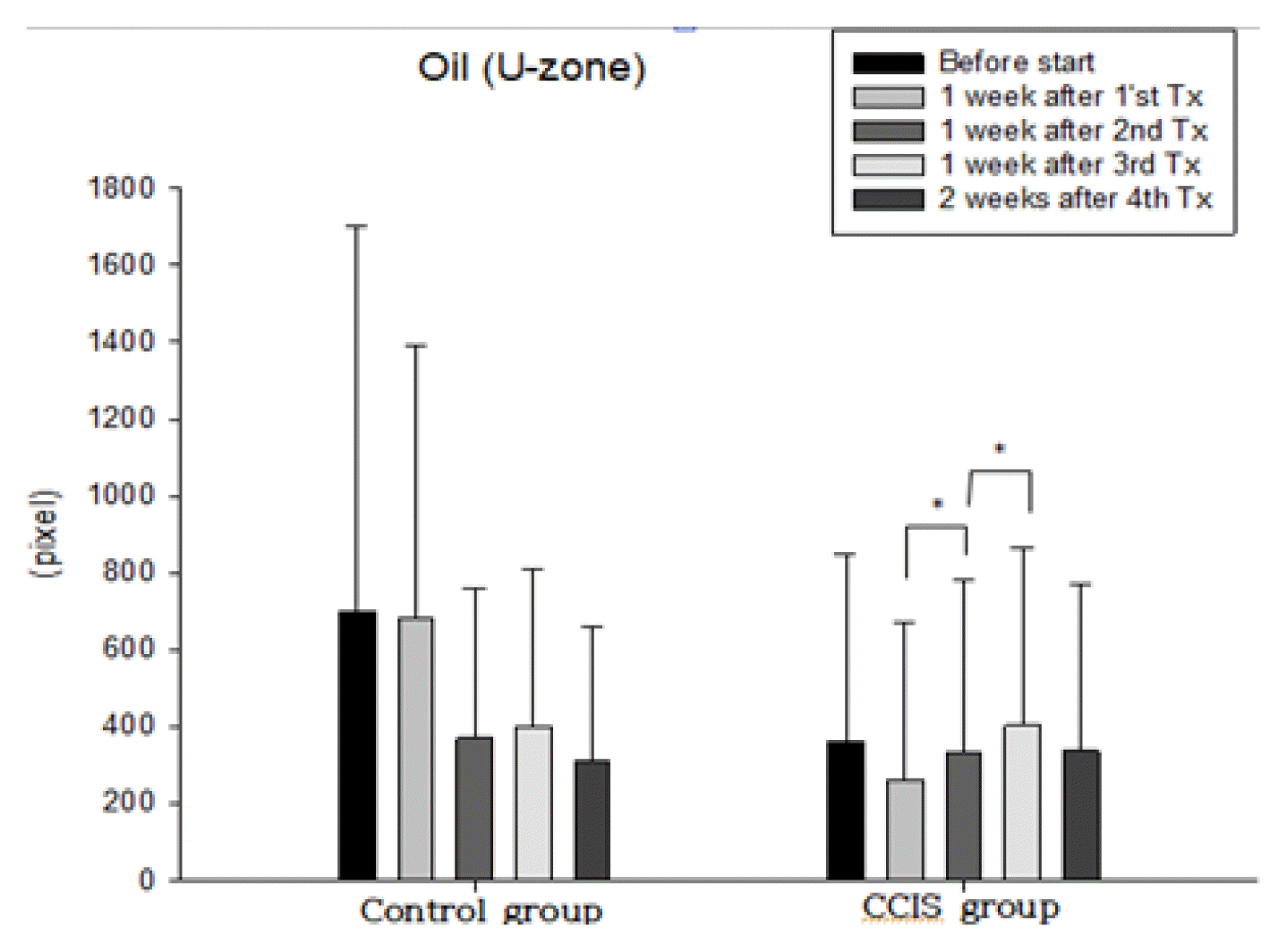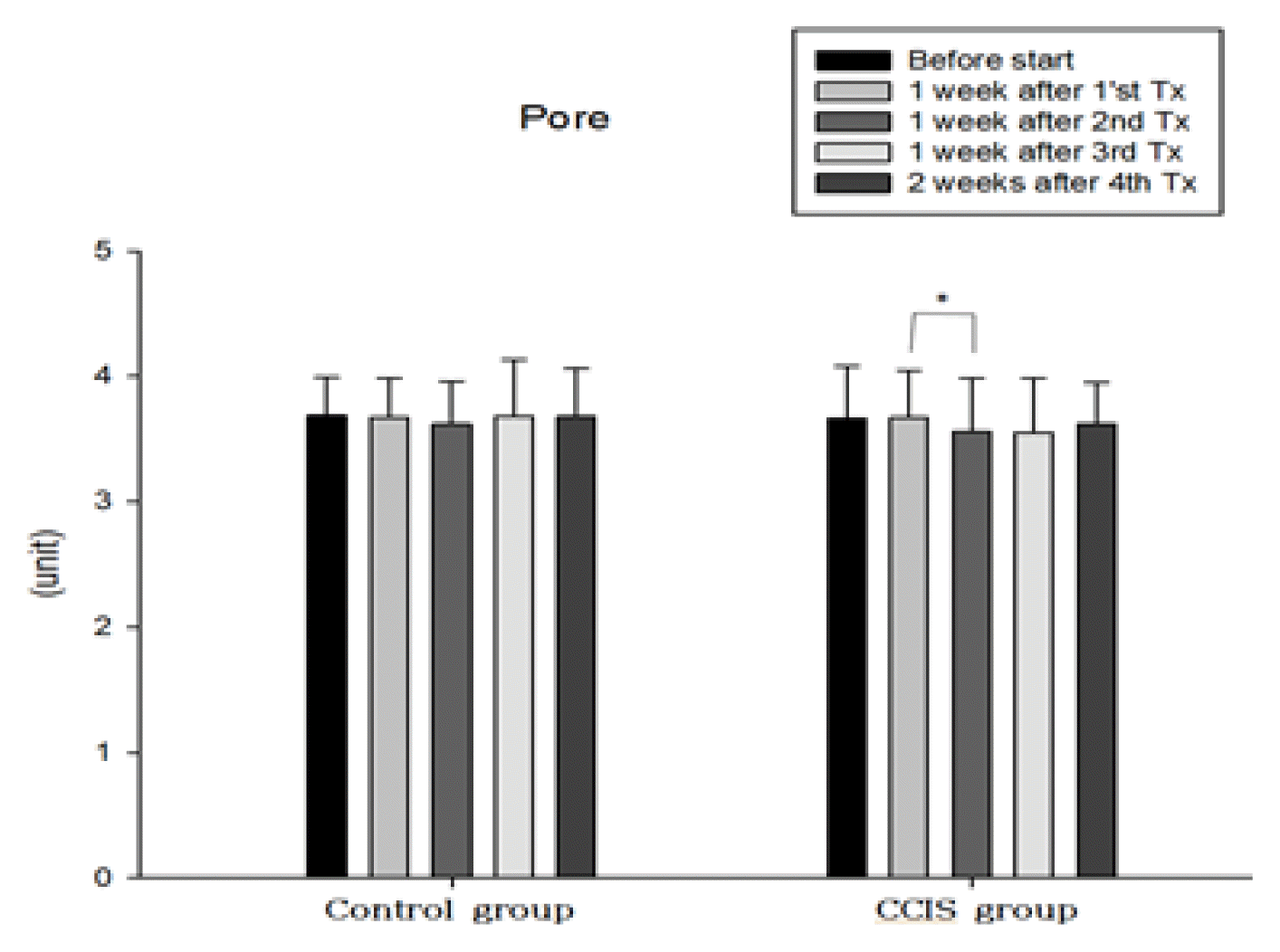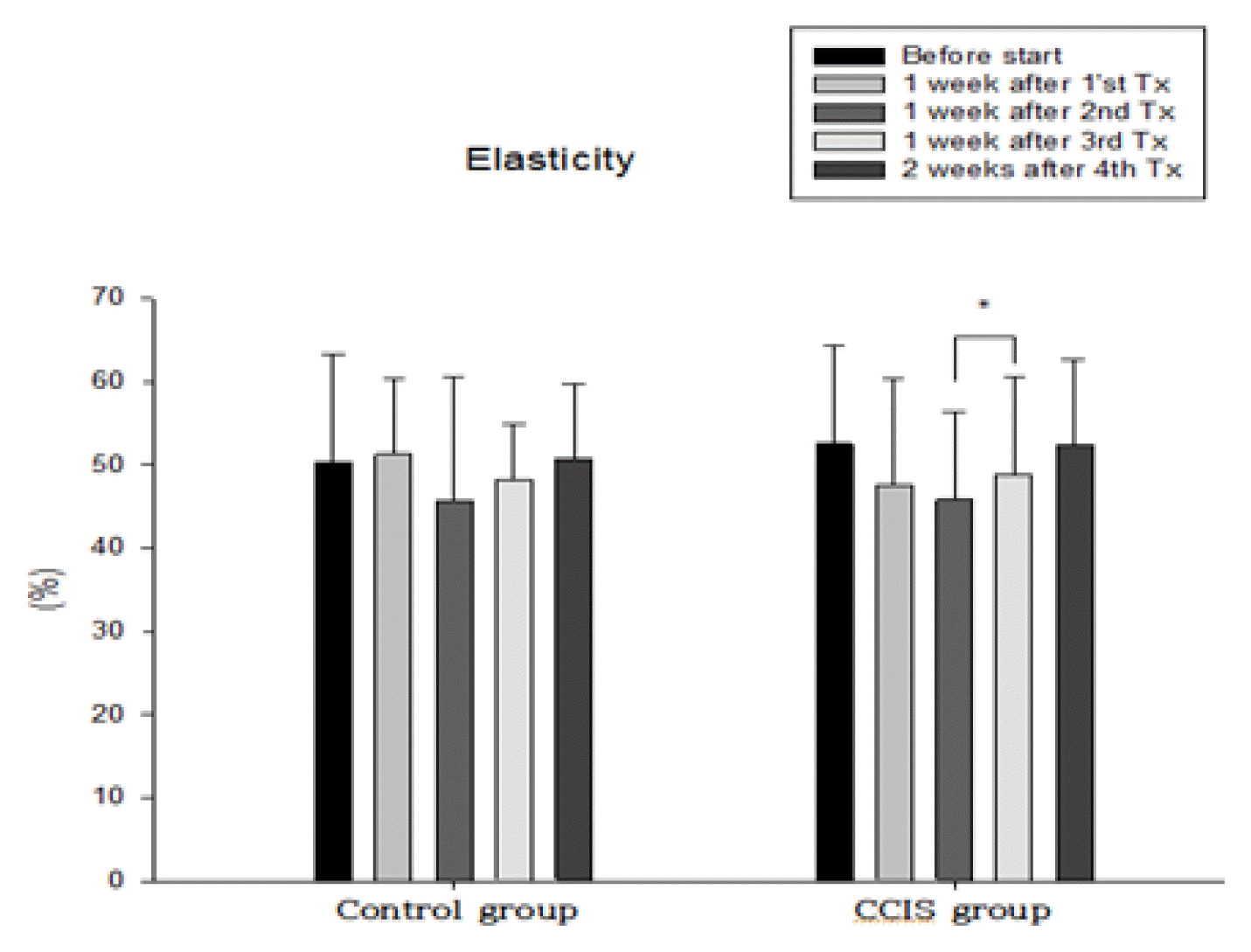References
1. Koh YT, Shim SM, Kim TS. A case of distillation Herbal medicine and Counseling on insomnia. J Orient Neuropsychiatr 2006;17(2):217–25.
2. Masterton WL, Hurley CN. General chemistry Seoul: Freedom Academy; 2002. p. 7.
3. Choi SM. Study on the Gas Chromatography of Samul-tang, Sakunja-tang and their Distillate Kor. J Orient Med Physiol & Pathol 2006;20(4):942–5.
4. Kim KB, Kim DK, Kim YH, Kim JH, Min SY, Park EJ, Baek JH, Yoo SA, Lee SY, Lee JY, Lee HJ, Jang KT, Chae JW, Han YJ, Han JK. Pediatrics of Korean Medicine Seoul: Esdang Pub; 2010. p. 187.
5. Kim JT. Distilled herbal medicine. Jemin report 2012;7:25.
6. Shin KH, Lee EB, Song YJ, Kim OJ. Deodorizing Responses of the Steam Distillate from Some Medicinal Plants. Kor. J Pharmacogn 1992;23(3):153–7.
7. Shin KH, Lee EB, Song YJ, Kim OJ. Effect of Steam Distillate from Some Medicinal Plants on Acetylcholinesterase Activity Following Intoxication by Organophosphate Pesticides in Animals. Kor. J Pharmacogn 1992;23(2):106–14.
8. An HS, Lee TY, Lee CH, Lee KG, Lee SR. Effects of Water Extract of Several Herbs on Change of Weight and Serum of Obesity Rats Induced by High Fat Diet. Kor. J Orient Med Physiol & Pathol 2001;15(4):537–42.
9. Lee CH, Kim IH, Kim YE, Kim YJ, Hwang JH, Yu KW. Effect of Steam Distillates Prepared from Herbal Medicines on Immunostimulating Activity. J Kor. Soc. Food Sci. Nur 2004;33(4):626–32.
10. Shin MG, Jung BB. Dictionary of Herbal Medicine Ilustration Seoul: Younglim publish; 1990. p. 806.
11. Yoon WJ. The study on the humidity-preserving effect with several natural packs [thesis] Seoul: Dongduck Woman’s univ; 1997.
12. Lee HJ, Lee BJ, Lee DS, Seo YW. DPPH radical scavenging effect and in vitro lipid peroxidation inhibition by portulaca alecea. Kor. J Biotechnol Dioeng 2003;18:165–9.
13. Donguibogam Publishing Committee. Donguibogam Seoul: Yeogang Publish; 1993. p. 1383.
14. Yang MJ, Kim MG, Lim S, Ahn BM. Inhibitory effects of water-acetone extracts of chestnut inner shell, pine needle and hop on the melanin biosynthesis. Yakhale Hoeji 1999;43:494–501.
15. Jung SH, Lee JT. A Study on the Application of New Cosmetic Materials of Whitening Effectand the Physiological Activities of Chestnut Inner Shell. The Kor. J of Herbology 2005;20(2):27–33.
16. Yang MJ. Inhibitory effects of Chestnut bark extracts on Tyrosinase activity and melanin biosynthesis [thesis] Seoul: Dongduck Woman’s univ; 1998.
17. Jang MJ, Chun SJ, Kim HY, Lee JT. The Anti-Wrinkle and Whitening Effect of Extracts of Castanea crenata Inner Shell. J of life science 2011;21(5):734–8.
10.5352/JLS.2011.21.5.734.
18. Lee KS. Development of Antioxidant from Chestnut fruit regions [thesis] Seoul: Juangang univ; 2003.
20. Jung SH, Lee JT. A Study on the Application of New Cosmetic Materials of Whitening Effect and the Physiological Activities of Chestnut Inner Shell. The Kor. J of Herbology 2005;20(2):27–33.
21. Yang MJ, Kim MG, Lim S, Ahn BM. Inhibitory effects of water-acetone extracts of chestnut inner shell, pine needle and hop on the melanin biosynthesis Yakhale Hoeji. 1999;43:494–501.
22. Yoon WJ. The study on the humidity-preserving effect with several natural packs [thesis] Seoul: Dongduck Woman’s univ; 1997.
23. Lee JH, Lee SR. Analysis of phenolic substances contents in Korean foods. Kor. J Food Sci Technol 1994;26:310–6.
24. Seok CH. Phamaceutical characteristics and dermatophysioligical effect of cosmeceuticals containing Chestnut bark extracts [thesis] Seoul: Chungang Univ; 1997.
25. Park AY, Kim JB. Effects of Extracts from Chestnut Inner Shell on Skin. Daegu Catholic Univ. College of Natural Sciences Proceedings 2012;10(1):61–837.
26. Luebberding S, Krueger N, Kerscher M. Age-related changes in skin barrier function – Quantitative evaluation of 150 female subjects. Int. J Cosmet. Sci 2012;35:183–90.
http://dx.doi.org/10.1111/ics.12024.
28. No MR. Sebaceousness as a factor contributing to the size of facial pores. [thesis] Seoul: Yonsei Univ; 2006.
29. Jung HJ. Analysis of the Distribution of Pores and the Factors Affecting on Facial Pores [thesis] Seoul: Chungang Univ; 2014.
31. Hwang JJ. Winter health care for the elderly. Economic Review 2020;112:23.
32. Seok JH, Lee SH. The Effect of MTS (Microneedle Therapy System) Treatment On Women's Light Wrinkles and Elasticity Improvement. Asian J Beauty Cosmetol 2010;8(3):21–32.
33. Choi YE, Ahn HS. The Effect of Microneedle Therapy System to Improve the Facial Skin Conditions for Mid-aged Women. Kor. J Aesthet. Cosmetol 2012;10(3):611–8.
34. Kim MS. Skin Care Seoul: Hyeonmunsa; 2001. p. 69.
35. Choi SR, Koo JS. Study of Skin Characteristics in Spring · Autumn and seasonal efficacy of Seosiokyongsan CP soap. J Kor. Med 2019;40(2):133–41.
https://doi.org/10.13048/jkm.19023.








